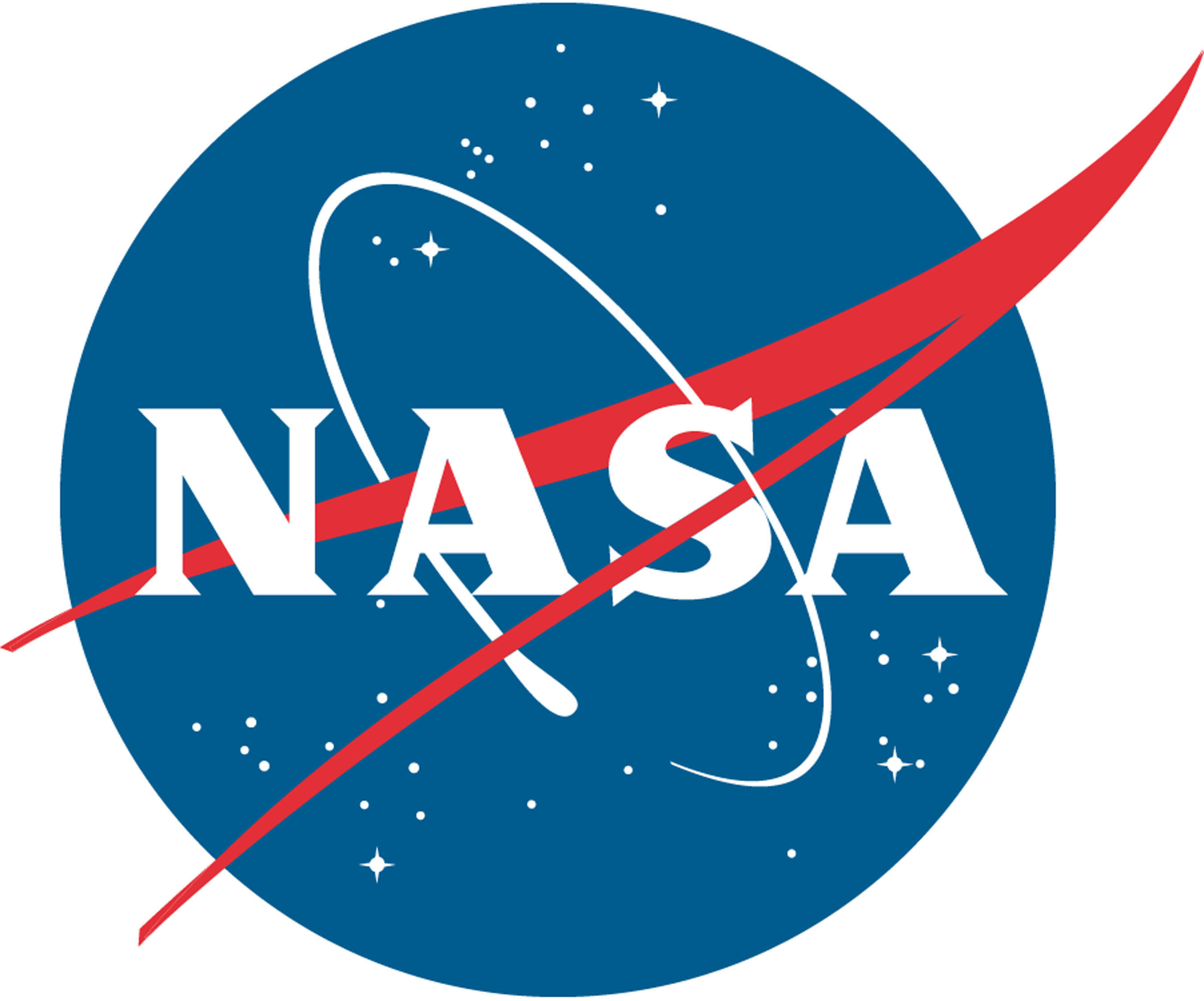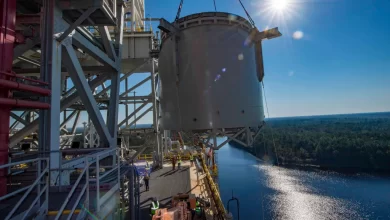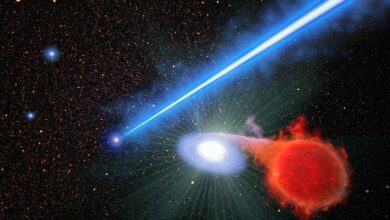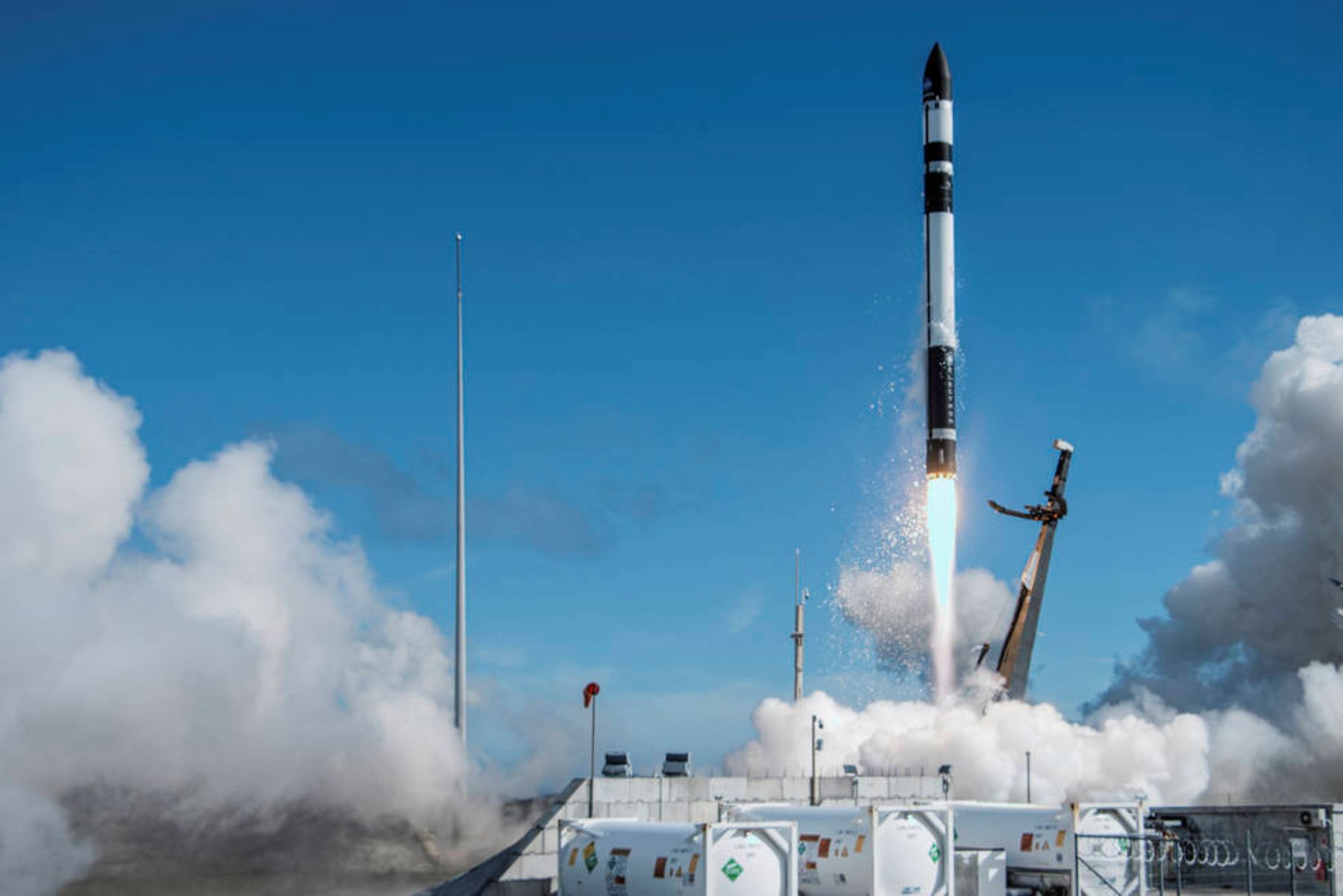NASA Completes Webb Telescope Independent Review; Commits to Launch in Early 2021

WASHINGTON, June 27, 2018 /PRNewswire-USNewswire/ — The Independent Review Board (IRB) established by NASA to assess progress on its James Webb Space Telescope has unanimously recommended that development on the world’s premier science observatory should continue; NASA has established a new launch date for Webb of March 30, 2021.
A report issued by the review board addresses a range of factors influencing Webb’s schedule and performance, including the technical challenges and tasks remaining by primary contractor Northrop Grumman before launch.
Read the full report and NASA’s response at: https://go.nasa.gov/2lD04XB
“Webb should continue based on its extraordinary scientific potential and critical role in maintaining U.S. leadership in astronomy and astrophysics,” said Tom Young, the chair of the review board. “Ensuring every element of Webb functions properly before it gets to space is critical to its success.”
The board also reaffirmed Webb’s significant complexity, incredible scientific potential, and importance to astrophysics. The report includes several recommendations for moving forward, some of which NASA has already initiated. The agency agrees with the review board’s expert guidance on decisive steps necessary to safeguard and complete the telescope’s development.
NASA Administrator Jim Bridenstine sent a message to the NASA workforce Wednesday about the report. “Webb is vital to the next generation of research beyond NASA’s Hubble Space Telescope. It’s going to do amazing things – things we’ve never been able to do before – as we peer into other galaxies and see light from the very dawn of time,” said Administrator Bridenstine. “Despite major challenges, the board and NASA unanimously agree that Webb will achieve mission success with the implementation of the board’s recommendations, many of which already are underway.”
“The more we learn about our universe, the more we realize that Webb is critical to answering questions we didn’t even know how to ask when the spacecraft was first designed,” said Thomas Zurbuchen, associate administrator for NASA’s Science Mission Directorate. “Webb is poised to answer those questions, and is worth the wait. The valuable recommendations of the IRB support our efforts towards mission success; we expect spectacular scientific advances from NASA’s highest science priority.”
In its report, the IRB found that technical issues, including human errors, have greatly impacted the development schedule.
The agency previously had estimated an earlier launch date, but awaited findings from the IRB before making a final determination and considered data from Webb’s Standing Review Board. The agency established the new launch date estimate to accommodate changes in the schedule due to environmental testing and work performance challenges by Northrop Grumman on the spacecraft’s sunshield and propulsion system. The telescope’s new total lifecycle cost, to support the revised launch date, is estimated at $9.66 billion; its new development cost estimate is $8.8 billion.
From detecting the light of the first stars and galaxies in the distant universe, to probing the atmospheres of exoplanets for possible signs of habitability, Webb’s world-class science not only will shed light on the many mysteries of the universe, it also will complement and further enhance the discoveries of other astrophysics projects.
The first telescope of its kind, and an unprecedented feat of engineering, Webb is at the very leading edge of technological innovation and development. At its conception, challenges were anticipated for such a unique observatory of its size and magnitude. Webb was designed with highly sophisticated instruments to accomplish the ambitious scientific goals outlined in the National Academy of Sciences 2000 Decadal Survey – to answer the most fundamental questions about our cosmic origins.
Webb will be folded, origami-style, for launch inside Arianespace’s Ariane 5 launch vehicle fairing – about 16 feet (5 meters) wide. After its launch, the observatory will complete an intricate and technically-challenging series of deployments – one of the most critical parts of Webb’s journey to its final orbit, about one million miles from Earth. When completely unfurled, Webb’s primary mirror will span more than 21 feet (6.5 meters) and its sunshield will be about the size of a tennis court.
Because of its size and complexity, the process of integrating and testing parts is more complicated than that of an average science mission. Once the spacecraft element has completed its battery of testing, it will be integrated with the telescope and science instrument element, which passed its tests last year. The fully-assembled observatory then will undergo a series of challenging environmental tests and a final deployment test before it is shipped to the launch site in Kourou, French Guiana.
Webb is an international project led by NASA with its partners, the ESA (European Space Agency) and the Canadian Space Agency.
SOURCE NASA





